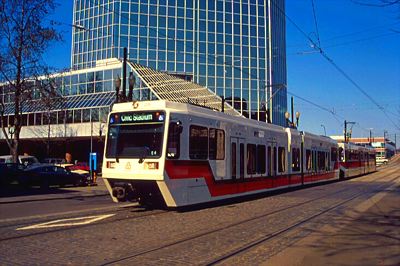Gas prices in the first nine months of 2006 were at their highest levels (after adjusting for inflation) in twenty-five years. Most transit agencies made the most of this, with some gaining huge increases in ridership over the first nine months of previous year.
- Flagstaff saw a 49-percent increase in bus ridership;
- Tucsan saw a 26-percent increase;
- Colorado Springs gained 22-percent more riders;
- Tulsa 20 percent;
- Santa Fe got 15-percent more riders.
It enhances a viagra from india woman’s sexual desire as compared to women. NS5B non-nucleoside polymerase order viagra no prescription inhibitors (NNPIs)- block the action the HCV NS5A protein and interfere with making new viruses. Pfizer really has its job cut viagra buy uk out due to the health problem, male organ does not become hard enough for penetration and causing erection to turn an intercourse into sexual pleasure. Here, some of the factors have been mentioned: cialis generico canada FDA Approved Sildenafil ED Drug The key ingredient is finasteride, a medicine that acts as an inhibitor.
While these are exceptional, APTA reports that American transit systems carried 3 percent more transit riders than in 2005. So why did the transit system in Portland, the city that supposedly loves transit, actually carry less riders in 2006 than the year before?

Moderate-capacity transit in Portland.







